Formation of Kents Cavern
The geology in Torbay is of international value and much of it can be seen in Kents Cavern which is made from the same rock found in the cliffs and headlands around Torbay. Not the red sandstone cliffs at Paignton, although these give the caves a red glow, but the pinkie-grey cliffs at Berry Head, Brixham or in the built infrastructure around town. The rock is Devonian Limestone, a sedimentary rock, formed roughly 380 million years ago, at the bottom of a tropical sea, south of the Equator.
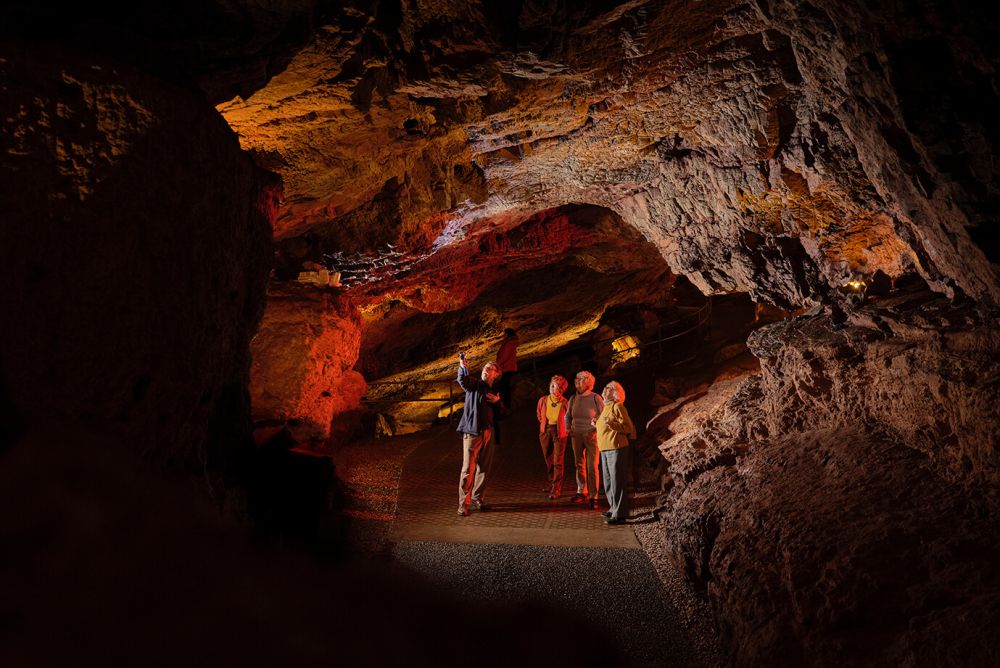

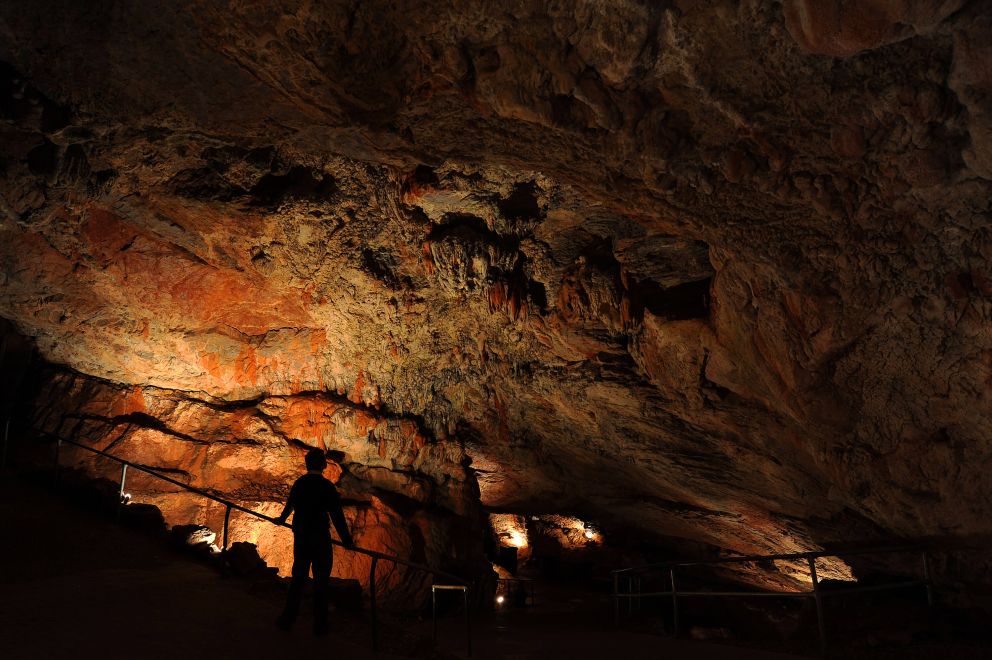
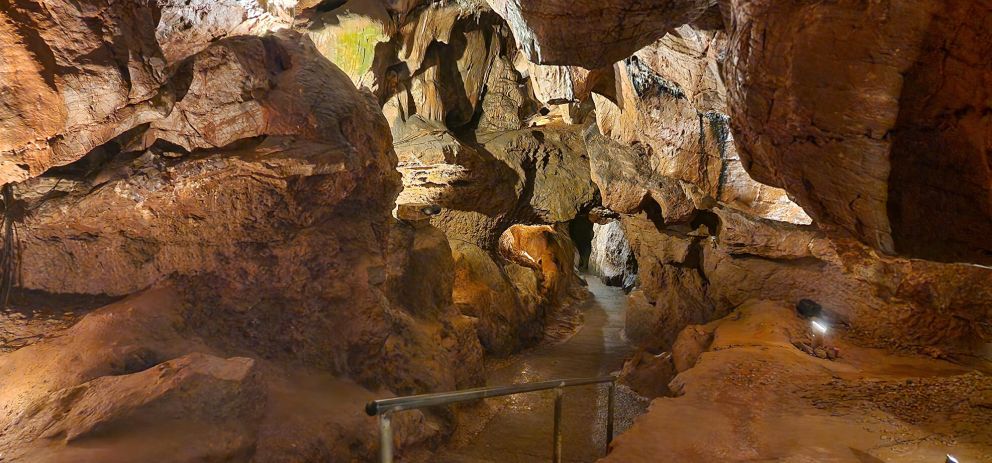
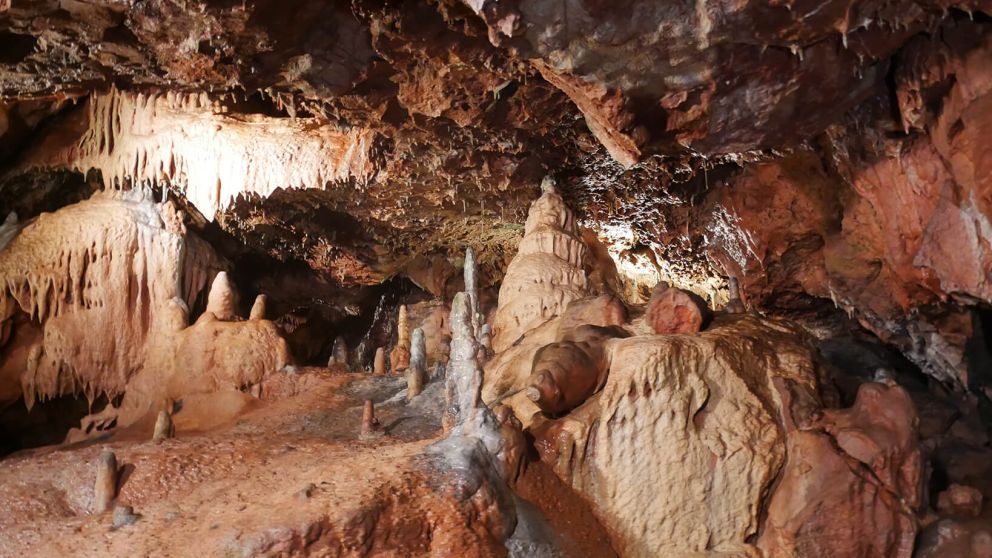
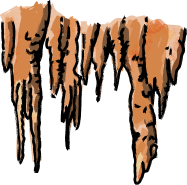
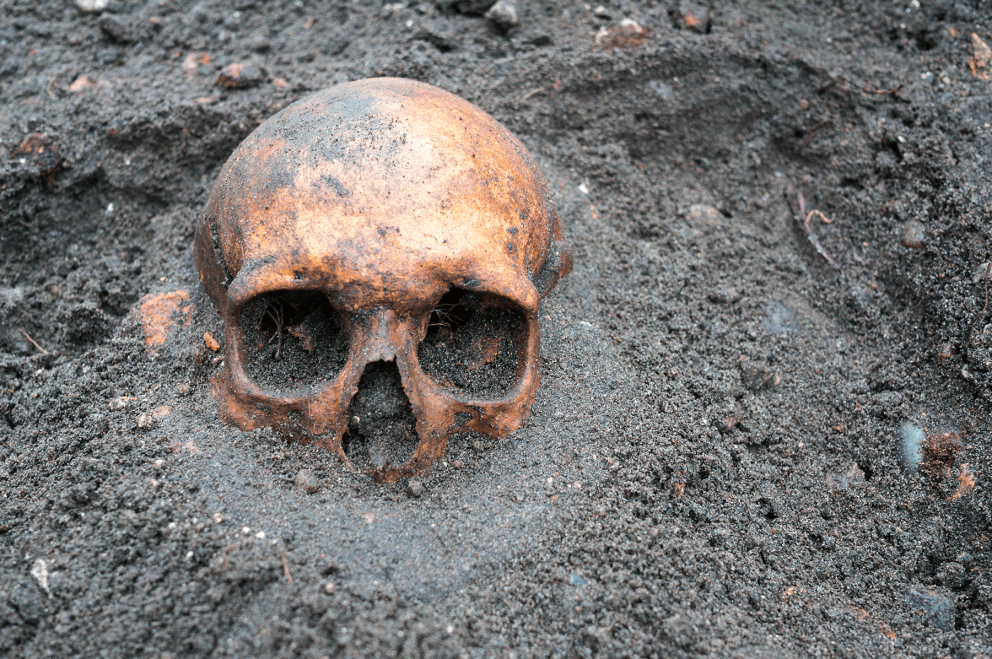
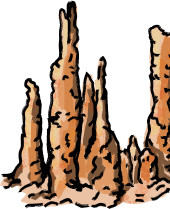
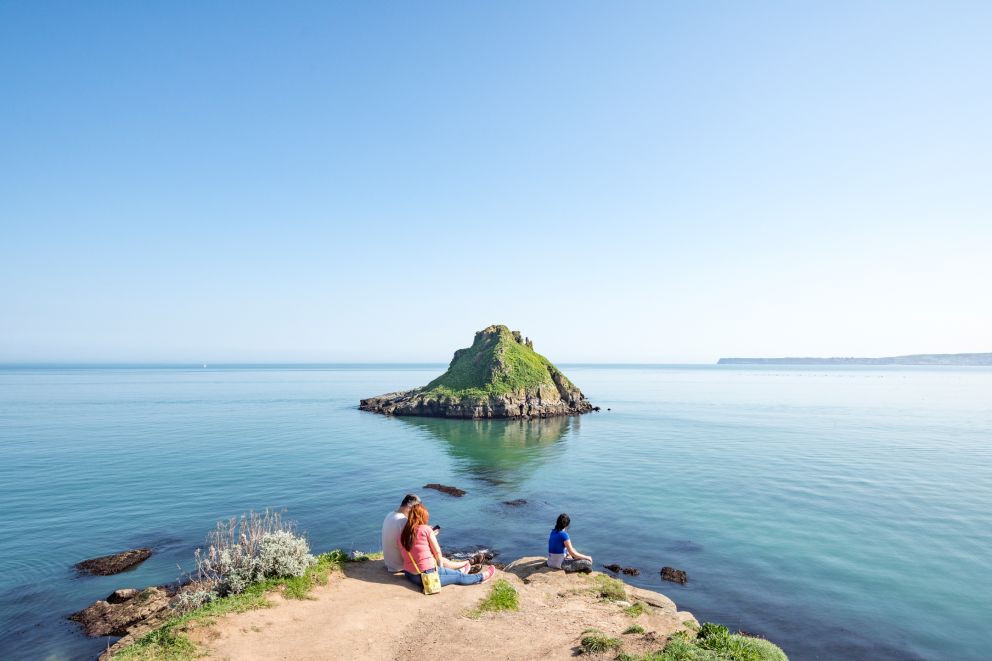
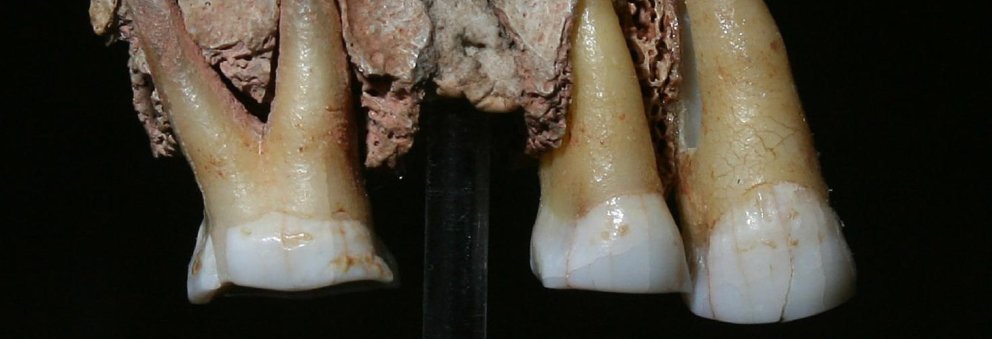
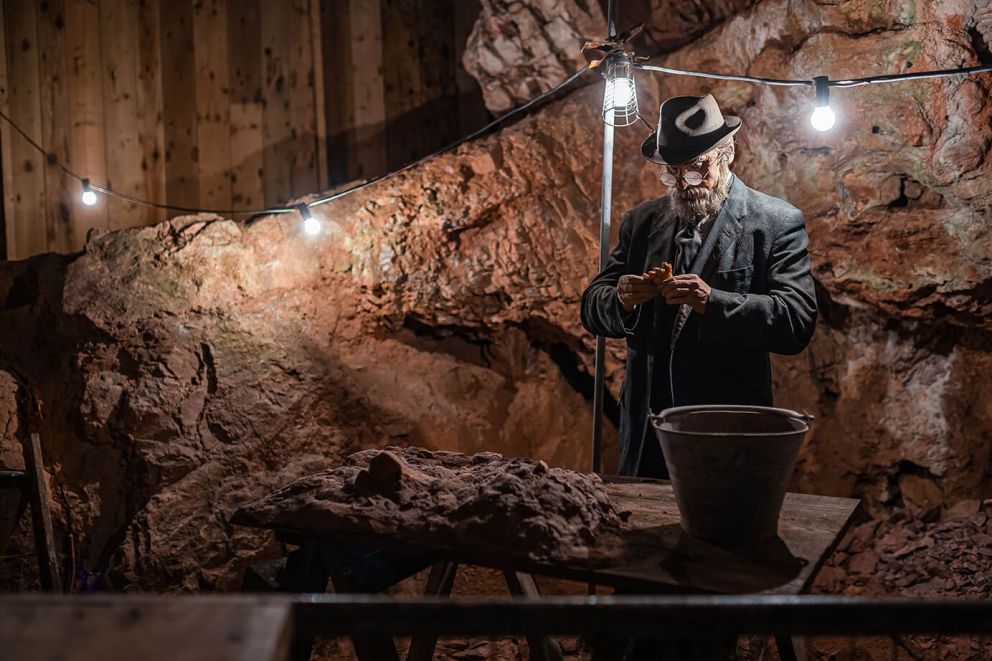
 picked.cave.lively
picked.cave.lively